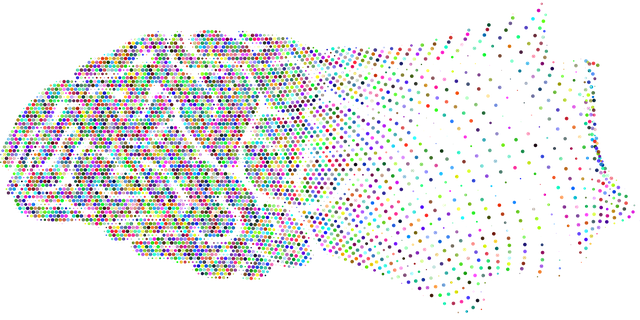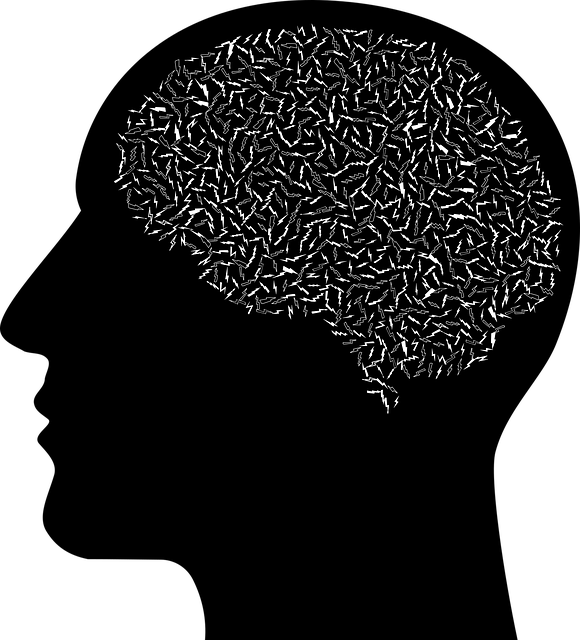Castle Rock Mindfulness Therapy (CRMT) employs a multi-faceted evaluation strategy, combining quantitative and qualitative methods for a holistic understanding of its impact on mental wellness. Standardized questionnaires assess changes in stress levels and mindfulness while observations capture behavioral shifts, highlighting CRMT's role in stigma reduction, resilience building, and burnout prevention. Qualitative insights from interviews and focus groups provide rich data on participants' personal journeys and program effectiveness. Long-term tracking of participant progress ensures the sustainability of positive changes. Cultural sensitivity is integrated into these evaluations, and a strategic cost-benefit analysis considers financial and non-financial impacts, demonstrating CRMT's potential to enhance both individual emotional health and organizational success.
“Explore effective evaluation methods for mental wellness programs, including Castle Rock Mindfulness Therapy. This article delves into four key strategies: direct measurement techniques assessing program impact, qualitative insights for understanding participant experiences, long-term tracking to evaluate skill transfer and sustainability, and cost-benefit analysis for measuring ROI. By employing these approaches, we gain a comprehensive view of mindfulness therapy’s effectiveness.”
- Assessing Program Impact: Direct Measurement Techniques for Castle Rock Mindfulness Therapy
- Qualitative Insights: Uncovering Participant Experiences and Perceptions
- Long-term Tracking: Evaluating Sustainability and Transfer of Skills
- Cost-Benefit Analysis: Measuring the Return on Investment in Mental Wellness Programs
Assessing Program Impact: Direct Measurement Techniques for Castle Rock Mindfulness Therapy

Evaluating the impact of Castle Rock Mindfulness Therapy (CRMT) involves direct measurement techniques to gauge its effectiveness in enhancing mental wellness. This approach focuses on quantifying changes in participants’ mental health status before and after the program. One method is through standardized questionnaires designed to assess symptoms of anxiety, depression, stress, and mindfulness itself. These tools provide a structured way to measure progress, allowing for comparisons between groups and over time. For instance, the Perceived Stress Scale (PSS) assesses individuals’ perception of stress levels, while the Mindfulness Attention Awareness Scale (MAAS) measures their ability to be fully present and aware of the moment.
In addition to these direct assessments, observing changes in participants’ behavior and attitudes is crucial. This qualitative data can reveal improvements in resilience building, burnout prevention strategies for healthcare providers, and even efforts towards mental illness stigma reduction. The holistic approach ensures that the CRMT’s impact extends beyond numerical scores, offering a comprehensive understanding of its role in fostering better mental health outcomes.
Qualitative Insights: Uncovering Participant Experiences and Perceptions

Qualitative insights play a pivotal role in evaluating mental wellness programs like Castle Rock Mindfulness Therapy. By employing methods such as interviews and focus groups, program facilitators can gain deeper understanding of participants’ experiences and perceptions. This approach allows for rich, nuanced data that goes beyond quantitative metrics, shedding light on the emotional healing processes at play. Through these interactions, individuals share their personal journeys, revealing how the program has impacted their mental illness stigma reduction efforts and resilience building.
By listening to their stories, facilitators can identify common themes, challenges faced, and unexpected benefits. This qualitative data provides valuable feedback for refining the program’s structure, content, and delivery methods. It ensures that Castle Rock Mindfulness Therapy remains responsive to participants’ evolving needs, fostering a more inclusive and effective environment for emotional healing.
Long-term Tracking: Evaluating Sustainability and Transfer of Skills

One of the most valuable aspects of evaluating a mental wellness program is assessing its long-term impact and sustainability. This involves tracking participants’ progress months or even years after completion of the program, to gauge whether the skills learned and therapies received have endured. At Castle Rock Mindfulness Therapy, we emphasize this continuous support as a key component of our approach. By following individuals over an extended period, we can measure not only their recovery from specific mental health challenges but also their ability to maintain positive thinking and cope with future stressors.
This long-term tracking method allows us to evaluate the transfer of skills learned in therapeutic settings into everyday life. It provides insights into how our programs contribute to breaking down mental illness stigma reduction efforts by demonstrating sustained behavioral changes. Additionally, this approach underscores the importance of cultural sensitivity in mental healthcare practice, as we consider individual cultural contexts and their influence on both therapy engagement and long-term outcomes.
Cost-Benefit Analysis: Measuring the Return on Investment in Mental Wellness Programs

Evaluating the cost-benefit ratio is a strategic approach to understanding the return on investment (ROI) in mental wellness programs, such as Castle Rock Mindfulness Therapy. This analytical method goes beyond traditional metrics by considering both financial and non-financial aspects, including improvements in emotional well-being, enhanced productivity, and reduced absenteeism. By employing techniques like mindfulness meditation, professionals can significantly contribute to organizational success while promoting individual emotional well-being.
A comprehensive assessment involves meticulous planning, particularly through risk management for mental health professionals. This includes gauging the program’s impact on employee satisfaction, retention rates, and overall organizational culture. For instance, implementing mindfulness meditation practices may foster a calmer, more focused work environment, thereby enhancing team dynamics and performance. Ultimately, these evaluations ensure that investments in mental wellness programs are not only financially prudent but also strategically beneficial for organizations aiming to thrive in today’s competitive landscape.
The evaluation of mental wellness programs, such as Castle Rock Mindfulness Therapy, is a multifaceted process that combines quantitative and qualitative methods. Direct measurement techniques assess program impact, while in-depth qualitative insights uncover participant experiences and perceptions. Long-term tracking ensures the sustainability and transfer of skills acquired, and cost-benefit analysis measures the return on investment. By employing these evaluation methods, we can gain a holistic understanding of Castle Rock Mindfulness Therapy’s effectiveness, ensuring its continuous improvement and maximizing its positive impact on mental wellness outcomes.














